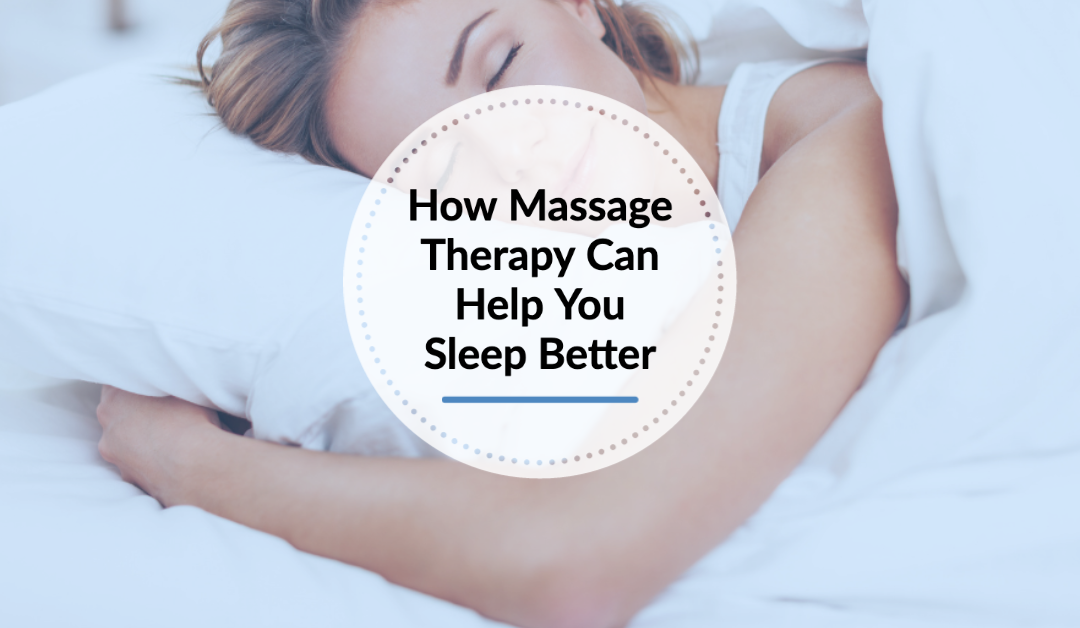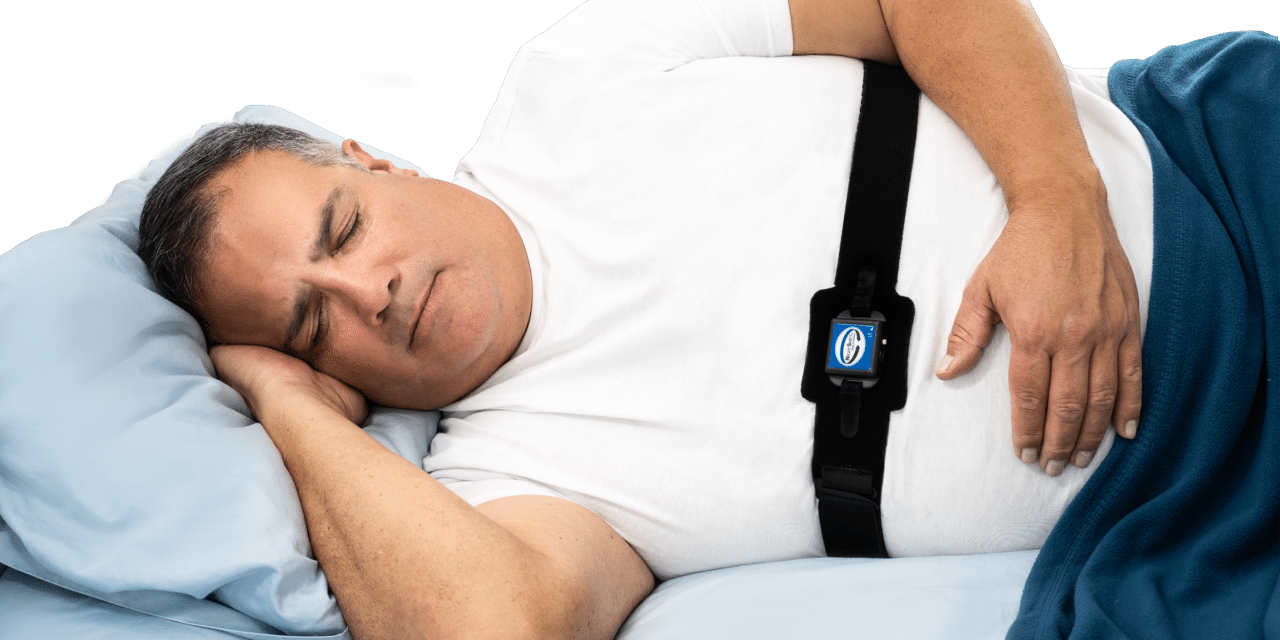Innovative Insomnia Solutions - Discover What Functions for You
Innovative Insomnia Solutions - Discover What Functions for You
Blog Article
Effective Therapy Solutions for Handling Sleep Disorders and Enhancing Restful Sleep
In the world of healthcare, the monitoring of rest disorders and the quest for relaxing sleep are critical parts of general health. Efficient therapy solutions offer a diverse approach to tackle these difficulties, varying from cognitive behavior treatments to alternative techniques that promote relaxation and mindfulness. The exploration of various strategies, including the assimilation of medicine and light treatment, opens a world of opportunities in the pursuit of better rest quality. As we navigate the elaborate landscape of sleep disorders and seek to enhance our sleep experience, a much deeper understanding of these treatment services might hold the secret to unlocking an extra relaxing and fulfilling restorative trip.
Cognitive Behavior Therapy for Sleeping Disorders (CBT-I)
Cognitive Behavior Modification for Insomnia (CBT-I) is a structured, evidence-based treatment approach that concentrates on resolving the hidden factors adding to sleep disruptions. This kind of treatment aims to customize habits and ideas that worsen insomnia, inevitably advertising healthy and balanced sleep patterns. CBT-I generally includes a number of vital components, including cognitive treatment, rest restriction, stimulation control, and sleep health education.
Cognitive therapy helps people recognize and transform adverse idea patterns and ideas about sleep that may be preventing their capacity to drop or stay asleep. Sleep limitation involves limiting the quantity of time invested in bed to match the individual's actual rest period, thus boosting rest effectiveness (insomnia solutions). Stimulation control strategies assist develop a strong association between the bed and rest by encouraging people to head to bed just when sleepy and to prevent engaging in boosting tasks in bed
In addition, rest hygiene education and learning concentrates on establishing healthy and balanced rest habits, such as keeping a constant sleep timetable, developing a relaxing bedtime regimen, and maximizing the sleep environment. By dealing with these factors thoroughly, CBT-I offers an efficient non-pharmacological treatment for handling sleeping disorders and enhancing general sleep high quality.
Sleep Hygiene Practices
Having actually developed the foundation of cognitive restructuring and behavioral adjustments in dealing with sleeping disorders through Cognitive Behavioral Therapy for Sleeping Disorders (CBT-I), the focus now moves in the direction of checking out important Rest Health Practices for keeping optimum rest top quality and general well-being.
Sleep health practices include a variety of routines and environmental aspects that can significantly influence one's capacity to fall asleep and stay asleep throughout the evening. Consistent rest and wake times, producing a relaxing going to bed routine, and optimizing the rest environment by maintaining it dark, peaceful, and cool are crucial components of good rest health. Limiting exposure to screens prior to bedtime, staying clear of stimulants like high levels of caffeine near to bedtime, and taking part in routine physical activity throughout the day can also advertise much better sleep top quality.
Furthermore, exercising relaxation strategies such as deep breathing workouts or meditation prior to bed can aid soothe the mind and prepare the body for rest. By incorporating these rest hygiene techniques into one's daily routine, people can develop a healthy and balanced rest pattern that supports relaxing rest and total health.
Leisure Strategies and Mindfulness
Carrying out leisure methods and mindfulness methods can play a critical function in cultivating a feeling of calm and advertising quality rest. insomnia solutions. These strategies intend to quiet the mind, reduce stress and anxiety, and produce an ideal environment for relaxing sleep. One extensively exercised approach is deep breathing exercises, where people focus on slow, deep breaths to kick back the body and mind. Dynamic muscular tissue leisure involves tensing and afterwards launching each muscular tissue group, advertising physical leisure. Furthermore, guided images can assist transfer individuals to a relaxed location in their minds, assisting in anxiety decrease and boosting rest top quality.
By including these techniques right into a going to bed routine, people can signal to their bodies that it is time to prepare and take a break for sleep. Generally, incorporating leisure strategies and mindfulness practices can considerably add to handling rest disorders and enhancing total sleep high quality.

Medication Options for Sleep Disorders
After exploring leisure techniques and mindfulness methods as non-pharmacological interventions for enhancing sleep quality, it is vital to think about click for more medication alternatives for people with sleep look what i found conditions. In cases where lifestyle changes and treatment do not give adequate alleviation, medicine can be a valuable device in handling rest disruptions.
Frequently recommended medicines for rest disorders include benzodiazepines, non-benzodiazepine hypnotics, antidepressants, and melatonin receptor agonists. Benzodiazepines, such as diazepam, are sedatives that can help cause sleep, however they are typically advised for temporary use due to the risk of dependence. Non-benzodiazepine hypnotics like zolpidem are likewise utilized to treat sleeplessness and have a reduced threat of dependence contrasted to benzodiazepines. Antidepressants, such as trazodone, can be advantageous for individuals with co-occurring depression and rest disturbances. Melatonin receptor agonists, like ramelteon, target the body's natural sleep-wake cycle and can be handy for managing rest patterns.
It is crucial for people to seek advice from a healthcare provider to identify one of the most ideal medicine choice based upon their certain sleep condition and case history.
Light Therapy for Body Clock Guideline
Light treatment, also recognized as photo-therapy, is a non-invasive treatment technique used to manage circadian rhythms and improve sleep-wake cycles. This treatment entails exposure to intense light that imitates natural sunlight, which aids to reset the body's interior clock. By revealing individuals to specific wavelengths of light, usually in the early morning or evening depending upon the preferred result, light treatment can properly adjust the circadian rhythm to promote wakefulness throughout the day and boost relaxing rest in the evening.
Research has revealed that light therapy can be specifically valuable for individuals with body clock problems, such as delayed sleep phase syndrome or jet lag. It can likewise be handy for those experiencing seasonal affective problem (SAD), a kind of anxiety that typically takes place throughout the cold weather when all-natural light direct exposure is minimized. Light therapy is usually well-tolerated and can be used in conjunction with various other therapy methods for rest disorders to enhance results and boost overall rest quality.
Final Thought
In conclusion, effective therapy services for managing rest do antibiotics cause insomnia conditions and boosting restful rest consist of Cognitive Behavior modification for Insomnia (CBT-I), sleep hygiene practices, relaxation methods and mindfulness, medicine alternatives, and light treatment for body clock regulation. These methods can help people boost their rest top quality and overall wellness. It is necessary to seek advice from a doctor to figure out one of the most suitable method for addressing rest problems.
As we navigate the detailed landscape of rest conditions and look for to enhance our sleep experience, a deeper understanding of these treatment solutions might hold the secret to unlocking a more relaxing and satisfying restorative journey.
Sleep restriction includes limiting the quantity of time invested in bed to match the person's actual sleep period, thus boosting sleep efficiency. Regular sleep and wake times, producing a relaxing going to bed regimen, and optimizing the sleep environment by keeping it dark, peaceful, and cool are critical components of great rest health. Light treatment is generally well-tolerated and can be made use of in conjunction with other therapy approaches for sleep disorders to enhance results and enhance overall rest high quality.

Report this page